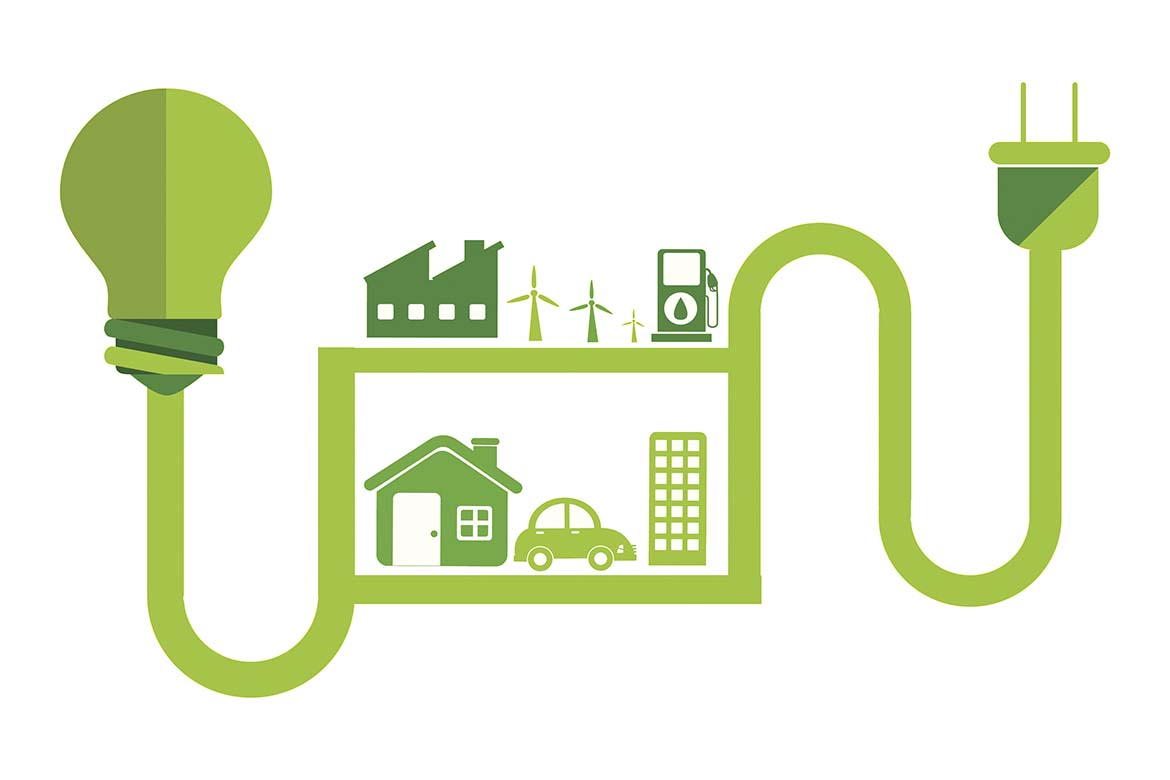Energy Savings Opportunity Scheme ESOS uncovered
What will the introduction of the government’s Energy Savings Opportunity Scheme (ESOS) mean for the security industry and how can energy consumption can be reduced via the use of specialised access control systems?
Since the launch of ESOS, companies are now finding that greater emphasis is being placed upon how much energy is being wasted in buildings.
ESOS is a new mandatory energy assessment scheme for organisations in the UK, which audits the energy used by their buildings, industrial processes and transport to identify cost-effective energy saving measures.
It applies to large UK undertakings and their corporate groups. It mainly affects businesses but can also apply to not-for-profit bodies and some public sector organisations that are large enough to meet the qualification criteria.
The introduction of the scheme means specifiers and building owners are now assessing the areas in which their premises can be more energy efficient, for example in lifts, heating, ventilation and lighting, to name just a few.
Access control is a vital area in which significant energy and cost reductions can be gained. In addition to this, installing a bomb blast energy saving window film can save up to 30% on your air conditioning costs, with a Return on Investment within 1-3 years. Power monitoring is key to benchmarking all energy saving.
For the security industry, this means it is crucial that we are looking at access control, and related security provisions, and creating effective solutions that are more energy efficient than those currently in place.
Electric vs magnetic locking
Security will always be paramount in public buildings, and although this cannot be compromised, systems need to be adapted to reduce energy consumption. So what are the most energy efficient access control solutions that still ensure a high level of safety?
In many cases, door magnets have traditionally been the ‘go-to’ device for access control points in commercial buildings, as their upfront cost is lower than alternative products. However, in instances where the energy consumption of a building needs to be reduced, electric locks are an ideal solution to help increase energy efficiency.
By selecting electric locks, specifiers can ensure that they are choosing a system that not only allows for swift and easy access and egress alongside an enhanced security provision, but they are also reducing the energy consumption and carbon footprint of a building.
The reason that door magnets are less efficient is because they require an electric current to lock the door. This current then breaks with the use of a request to exit button, cutting the lock’s magnetic hold and allowing the door to be opened. In contrast, a motorised or solenoid electric lock only uses power to open the door, so energy can be saved because doors are closed for the majority of the time.
To put this into context, 13 door magnets use around the same amount of electricity as a kettle being constantly boiled all day. In comparison, electric locks will only require around 10-20% of this amount of energy to operate for the same amount of time. So although door magnets may have a smaller initial cost, in the long run electric locks are substantially more energy efficient.
Safe and secure
Electric locks also offer greater security in comparison to door magnets, which is paramount for public buildings. This is because there can be fire risks associated with installing a magnet on a door which is used as a fire escape, because they require special arrangements to be made to guarantee they are fail-safe at all times in the event of an emergency. It may be that an alarm or ‘request to exit’ mechanism is required for electromagnetic locks to allow someone to exit.
This is a great concern as it could hinder the safety of the occupants by not allowing for swift and easy access and egress. In contrast, motorised and solenoid electric solutions satisfy the needs of both fire doors and emergency and panic situations where a mechanical means of escape is required.
Motorised locks are also ideal for emergency exit access control as they do not feature a handle – which is the most vulnerable part of a door – making them a hands-free solution. This can improve the flow of people through the door, which is especially useful when a swift and smooth exit is needed for a large number of people. Therefore, electric locks are the superior device, not only in terms of energy efficiency but also public safety.
So, it’s important that the security industry is taking notice of schemes such as ESOS and energy efficiency, as it’s likely that access control will be one of the areas that will be under scrutiny, and so being able to offer more energy efficient solutions in the form of electric locks will be greatly beneficial.
Jonathan Burke
Marketing Manager, Abloy UK


